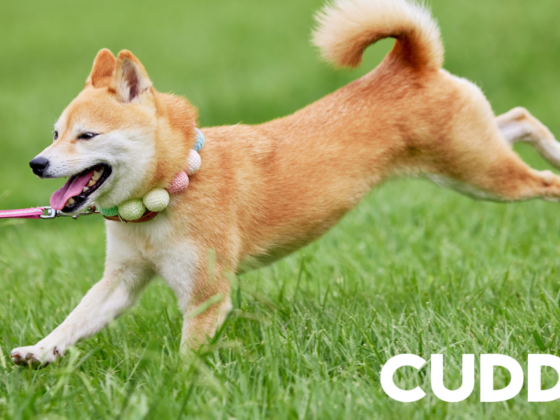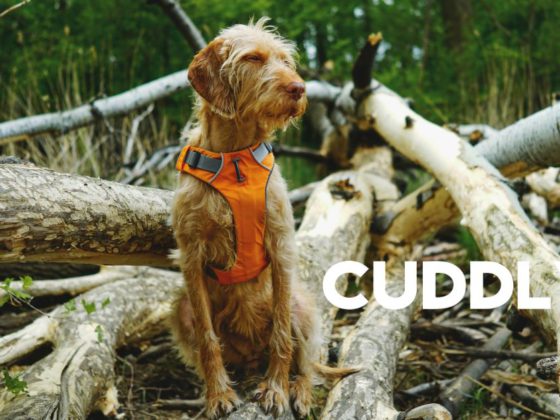We’re always looking to keep our pets safe, happy, and healthy. That’s a fact. But there are certain medical conditions that come with aging. Cataracts are often a topic of discussion with veterinarians and amongst pet owners of all kinds. We want you to have the information you need to better understand what cataracts in dogs are and how early detection and prevention are pivotal to your dog’s overall wellbeing.
This guide will take you through causes, symptoms, prevention, and treatment options to keep you apprised and keep your doggie in the best of health.
Consider with CUDDLY: Cataracts in dogs
- What causes cataracts?
- What are the symptoms?
- Is there a way to prevent cataracts?
- Are there treatment options?
What Are Cataracts In Dogs?
Cataracts in dogs are very similar to cataracts in humans. A cataract can be seen as a cloudy lens in which light cannot pass through the eye. A healthy eye should be clear to see through and allow light to pass through completely. According to PetMD there are different classifications for cataracts including:
Congenital – This type is present at birth
Juvenile – Present in younger dogs
Senile – Present in older dogs
While there are additional specifications based on the severity, we can often look at it based on the above stages. If your dog is diagnosed with cataracts your veterinarian will be able to better explain the severity based on how much of the eye is covered with that hazy appearance.
You should also be aware that glaucoma is sometimes associated with cataracts. Glaucoma can be described as pressure caused by the lack of drainage in the eye. This can often be very painful for dogs to deal with, which is why it is sometimes recommended to have cataract removal surgery to alleviate this pressure and cataracts at the same time. They have similarities as conditions, but the pressure and pain associated with glaucoma often lead to earlier intervention than cataracts would.

What Causes Them?
Cataracts can be inherited, resulting from other conditions like diabetes, or can simply be associated with aging. The eye contains proteins and water that result in cataracts when those proteins form together, forming a cloudy hue in the lens of the eye. This cloudy film can usually be seen quite easily. And with this formation of proteins, light is then prevented from entering the lens.
Breeds Prone To Developing Cataracts
Certain breeds are more predisposed to developing cataracts. Below, there are breeds more susceptible to developing hereditary cataracts.
- Terriers – Boston Terrier, Yorkshire Terrier, American Staffordshire Terrier
- Spaniels – Welsh Springer Spaniel and American Cocker Spaniel
- Poodles and Poodle crosses
- Golden Retrievers and Labrador Retrievers
- Bulldogs
This list does not necessarily mean that your dog will automatically develop cataracts. However, you should be aware of the predisposition even if your dog is mixed breed. It’s best to be aware of the potential to then discuss with your veterinarian. They will already most likely have greater insight into your breed’s specific conditions as well.

Symptoms To Look Out For
It’s best to keep an eye out for cataracts as your dog ages, especially if it pops up quite quickly. This could signal an additional medical condition like diabetes that needs to then be treated by your veterinarian. Below, we’ve listed additional symptoms to be aware of when monitoring your dog’s eyes.
Changes In Eye Appearance
Keep track of how your dog’s eyes look and then monitor over time. You can actually see the hazy-like cloud develop within their eyes rather easily. Most of the time your older dog will develop this appearance over time, but if you have a younger dog with these signs then you should call your veterinarian to examine them.
Loss Of Vision
Cataracts will distort vision or lead to some level of vision loss over time. This may cause your dog to become a bit disoriented or unsure of their surroundings. At first, you’ll want to help them with getting around at night or if stairs are involved. You can install night lights to help their field of vision, but the best solution is to get them in to see the vet.
Anxiety
Naturally, any new medical condition can be scary to deal with. Your dog may face some anxiety if dealing with a change in their vision. To avoid any discomfort or unease, you can also discuss medications or treatment solutions for anxiety with your vet. There are countless holistic and pharmaceutical options to consider, depending on your preference.
Is There A Way To Prevent Them?
As with most hereditary conditions, it becomes hard to find prevention methods for cataracts. But that doesn’t mean there aren’t some great steps to help with your dog’s overall health. And remember, their overall health plays a crucial role in treating conditions as they arise.
Healthy Lifestyle
It is so important to provide a healthy lifestyle for your dog from early years into their later ones. You can create healthy habits by feeding your dog a diet full of nutrients rich in healthy fats and high-fiber vegetables. Also, consider the benefit of foods with omega-3 fatty acids and beta-carotene to support eye health.
You should also discuss food options and additives like vitamins with your vet to see what is recommended based on the breed and age of your dog.
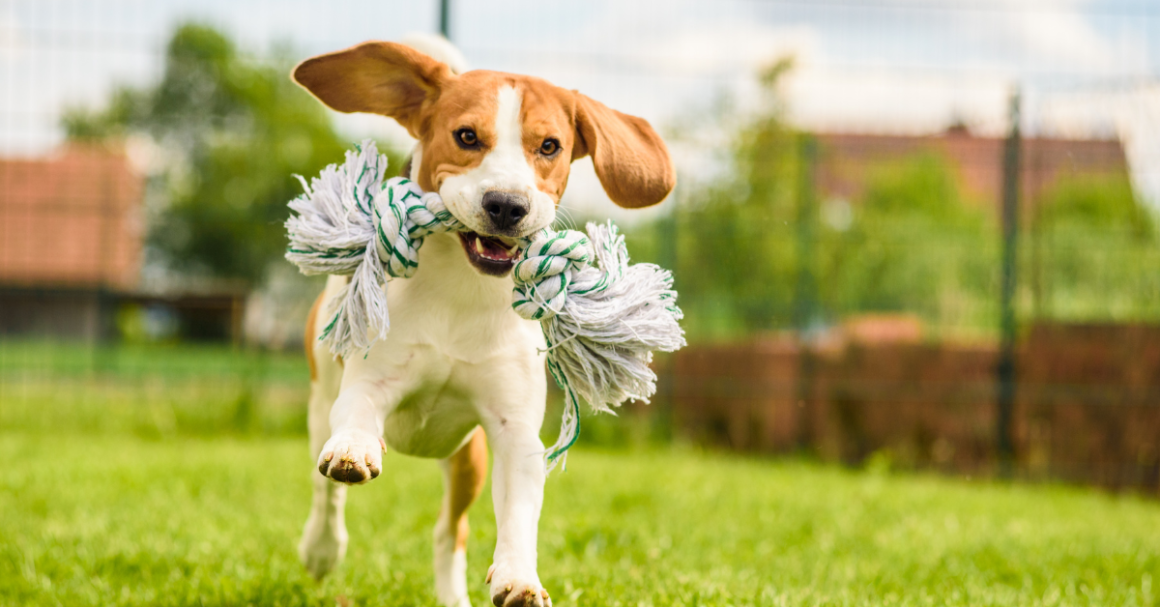
Eye Supplements
There are many options on the market to help your dog’s vision from a young age into their golden years. Fish oil has become a common supplement that supports eye and overall health of your dog. You’ll want to discuss any new additional supplement with your vet before beginning. This way, you can get proper blood work to see if there are additional nutritional deficits that need to be addressed.
Regular Vet Checkups
An annual trip to the vet may sound like a daunting endeavor for some (more so for those with anxious pups). However, regular checkups are advised to keep your dog in the best of health. Your vet will be able to monitor any eye concerns, tracking the changes of their cataracts over time.
You should also use this time to discuss treatment plans and even the possibility of cataract surgery. Overall, it’s best to stay on top of your pet’s health rather than wait for years to seek treatment. An annual visit at the least will update their shots, check their health, and serve as a time to discuss any questions that you may have.
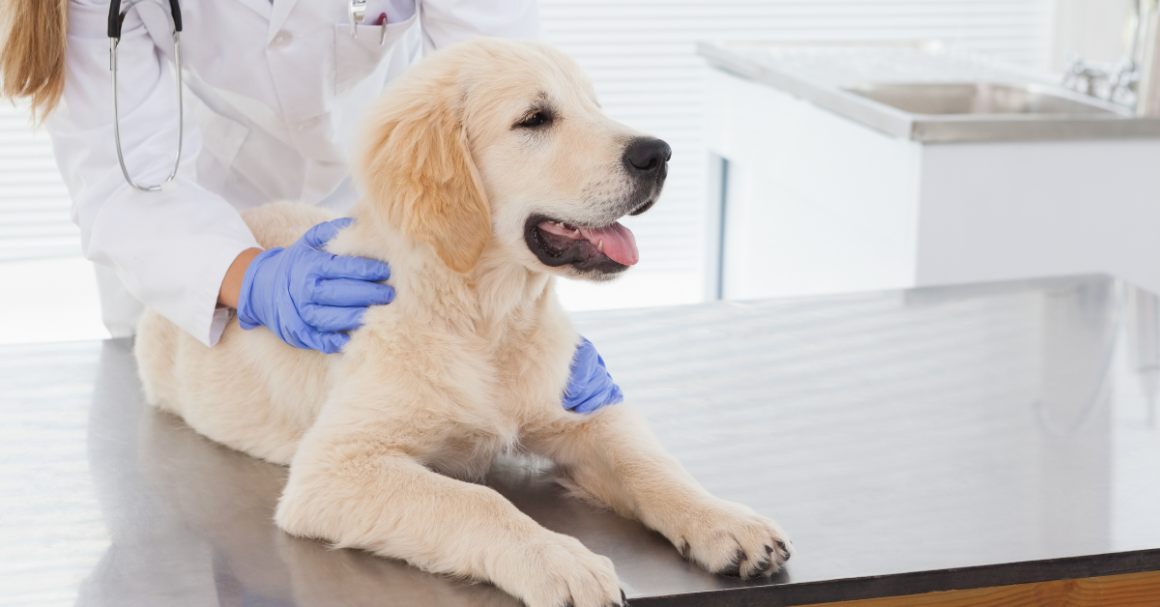
How To Treat Cataracts In Dogs
Generally, there is no treatment for cataracts other than surgery. The surgery removes cataracts using an ultrasonic device to break up and then removes the cloudy lens from the eyes. This is actually the same procedure used on humans with cataracts.
The surgery is generally very successful, at about 90% initially. Some dogs will even have full vision back the next day after surgery. However, some dogs may take longer to see their vision return. Post-operative care usually involves applying eye drops a few times a day.
Cost Of Cataract Surgery And Treatment
The cost of cataract surgery often ranges depending on your location and the involvement. This means that anesthesia and post-op care is often involved. You can generally count on the surgery being anywhere from $2,000 to $4,000.
However, call your vet or even a few other trusted vets to see what is recommended and if surgery is even necessary for your pup.
Help Your Dog Recover From Cataract Surgery
You can help your dog recover by keeping them calm and comfortable for a few weeks following surgery. Your dog may have to wear a cone during this time. It may be a bit annoying for them to wear, but know that it helps to protect their eyes from any scratching or itching if they are irritated from the eye drops or additional medication.
However, this is just general advice. Always follow your vet’s instructions in post-op care. They will have specifically tailored advice because they know your dog’s medical history and how their surgery went.
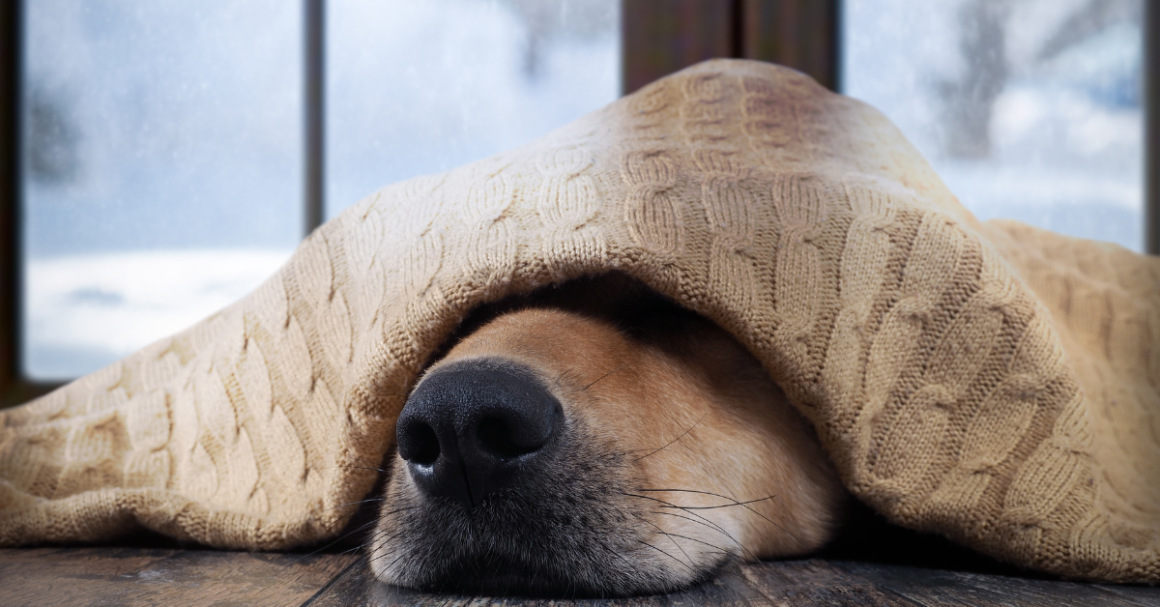
CUDDLY Cares: Cataracts And Your Dog
CUDDLY Cares: Cataracts And Your Dog
You want the best of care for your dog, and unfortunately, that sometimes means dealing with the medical conditions that follow with age or certain breeds. We hope this guide has helped to inform you about what cataracts are and how you can best manage the symptoms. Always check with your vet about how to proceed first. This is something you and your dog can handle! Remember, their comfort and happiness is probably the key to yours as well!
Also, check out some of our other pet health blogs to stay informed, including:






